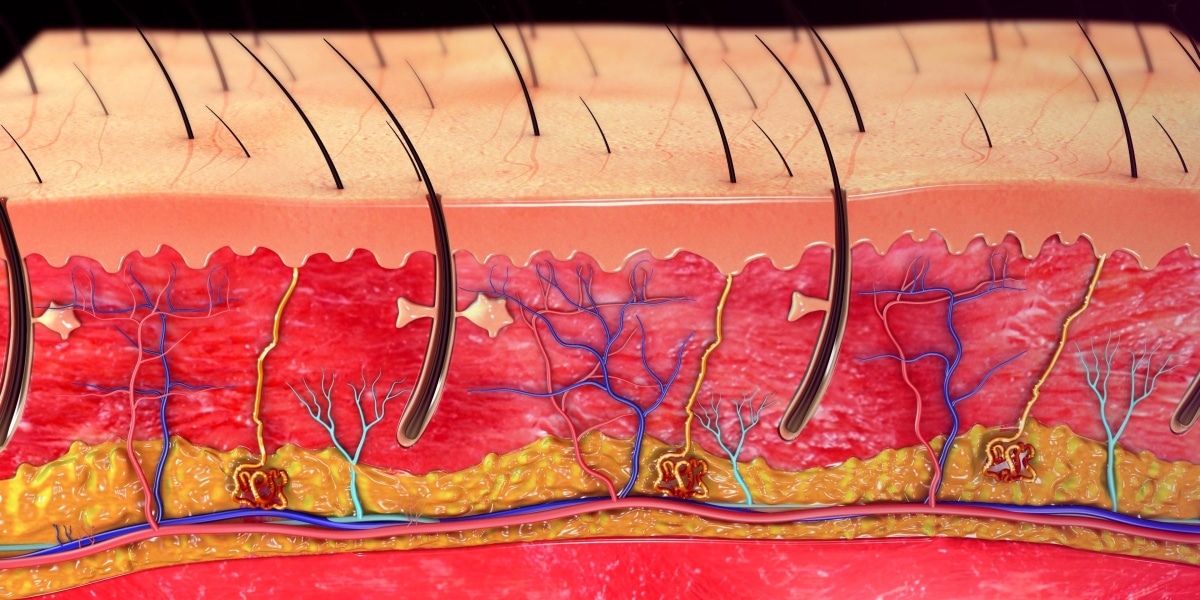Watch More! Unlock the full videos with a FREE trial
Already have an account? Log In
Included In This Lesson
Study Tools
Access More! View the full outline and transcript with a FREE trial
Already have an account? Log In
Associated Lessons
Nursing Care Plan (NCP) for Burn Injury (First, Second, Third degree) is mentioned in these lessons
Transcript
So, when a burn patient comes to you, there's going to be one thing that they are going to complain about. One thing, and that is going to be pain. Now, that pain can be mild to severe depending on the degree of burn. And, there also may be a situation where the third degree burns, where there is no pain because the, uh, nerve endings have been singed or burned. Some objective data that we're going to collect for these patients coming in is we are going to see, uh, redness, swelling. We'll see peeling of the skin and tissue. We may see blisters. We may see charred tissue.
So the first thing we want to do with this patient is we want to take a look at our A, B and C’s. We want to assess their airway. We want to assess the breathing, and we want to assess their circulation. So, we want to make sure that we do A,B,C assessment. And the reason why is we want to note any signs of smoke inhalation. We want to look for signs like smoking inhalation or lung damage. We may see singed hairs, nose hairs, dark sputum when they cough, soot around the nose or the mouth. We may listen when we auscultate. We may hear wheezing or stridor. We may hear crackles. Remember, exposure to chemicals and flame can cause smoke inhalation, which can cause smoke burns and damage the inner lining and tissues of the trachea and the lungs. So, these are things that we want to do at the beginning of our presentation with the patient. The next thing we want to do is we want to monitor their vital signs. We want to look at their vital signs. We also want to take mention of their capillary refill, their pulses, and we want to take a look for signs of infection. This is going to help determine if fluid replacement is needed. And this is going to also help monitor tissue perfusion. Remember, capillary refill is helping us monitor perfusion. Remember this patient, depending on the severity of the burns will have open wounds, so, this patient is at an increased risk for infection.
We want to make sure that we monitor them because of this impaired skin integrity. The next thing we want to do is we want to get them some oxygen, regardless of if they're sounding fine or not on the monitor, we want to get them some supplemental o2. We want to make sure that that o2 is humidified, humidified oxygen. And we also want to administer via a face mask. We want to correct the hypoxemia and acidosis from the burn or inhalation. We may use a humidifier for comfort. That's going to be for comfort, and we want to thin the mucus and we want to prevent atelectasis.
The next thing we want to do that's very important for this patient is we want to obtain IV access. We want a large bore IV, large bore IV, 18 gauge or better is preferable. So, the reason why is we're going to need to, uh, instill IV fluids, medications, blood products. We're going to need to give those quickly. If fluid resuscitation is required, we want to utilize the appropriate formula based off of their body square. And then, we also want to assess for infiltration since the fluids are going to be going so rapidly. And finally, uh, we want to manage that pain. These patients are going to be in pain. So we want to manage pain. We want to administer any medication, especially prior to dressing changes, before dressing changes. This is a very painful time for these patients. Pain is usually present to some varying degree and it should be addressed and managed appropriately.
Let's take a look at the key points. So, a burn injury is tissue damage. It can be caused by heat chemicals, electricity, radiation, or sunlight. Remember this patient's pain on the subjective end is going to be mild to severe. This patient is going to have a complaint of pain. It's going to be either mild or severe. What we're going to see in our objective data is, we're going to see some redness. We are going to also see some swelling. We may see some blisters, charred tissue or peeling skin. What are some things that we can do? Well, this patient is probably going to need some fluid resuscitation. So we're going to make sure that they have large bore IVs, at least two 18 gauges or bigger. We're going to calculate the BSA and we are going to assess for infiltration, signs of fluid overload, like crackles, or edema third spacing. We're going to also want to prevent an infection. These patients are at high risk for infection. We are going to assess for signs of infections. We're going to draw blood cultures. We're going to do skin cultures, and we're going to provide antibiotics, uh, as needed. But, we want to make sure we get those blood cultures prior.
We love you guys! Go out and be your best self today, and as always, happy nursing.
View the FULL Transcript
When you start a FREE trial you gain access to the full outline as well as:
- SIMCLEX (NCLEX Simulator)
- 6,500+ Practice NCLEX Questions
- 2,000+ HD Videos
- 300+ Nursing Cheatsheets
“Would suggest to all nursing students . . . Guaranteed to ease the stress!”



